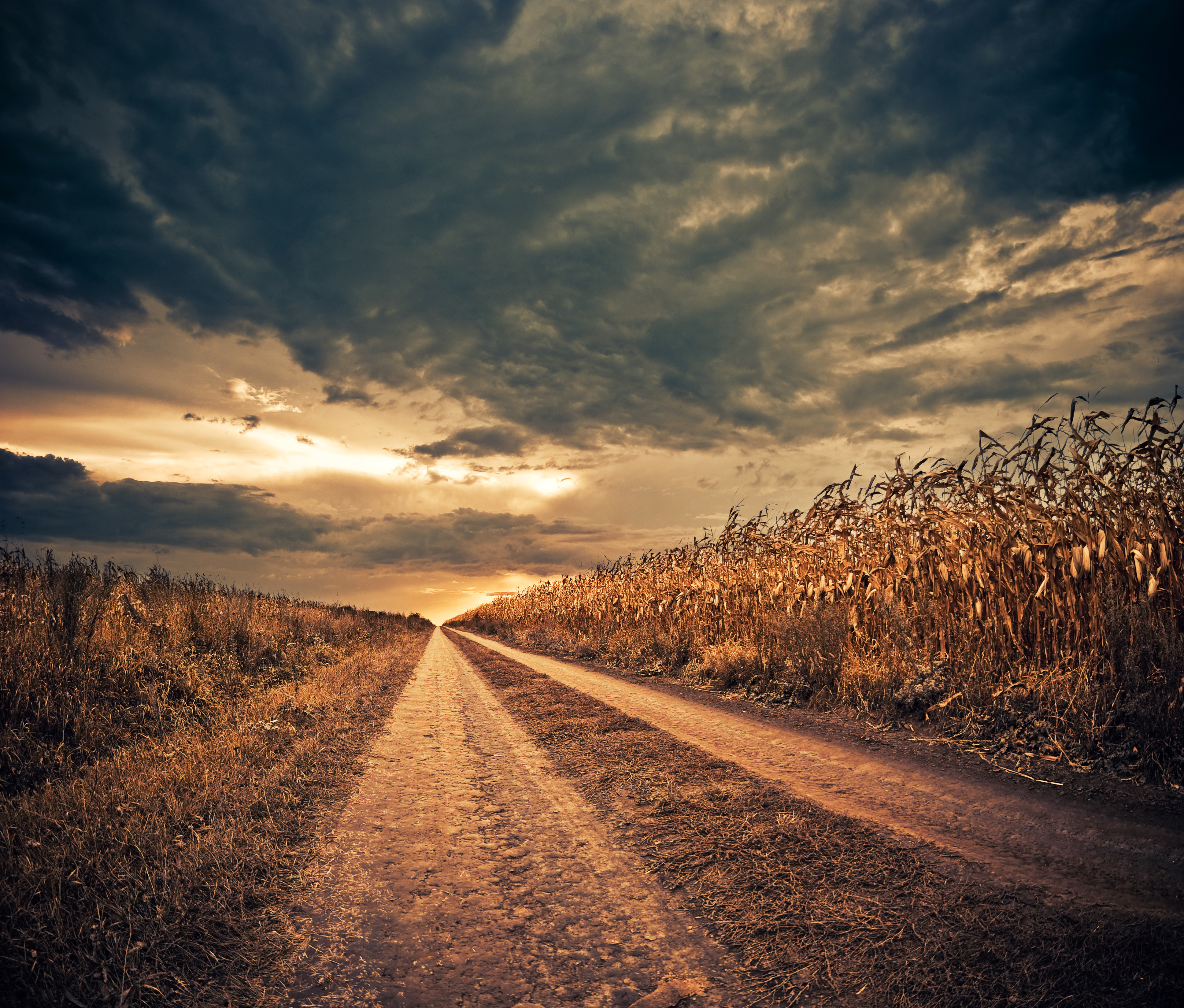In my forthcoming novel, there’s a palipitable divide between rich and poor; it’s a dystopia, after all. And who are the poor in this fictional society? Although people in the city of Cochtonville struggle, the true poverty is in the rural areas. This is realistic. Although not all sources agree, most of the poor in the United States are rural. How does a rural area become poor?
Once a society depends on agriculture, the rich are those who can grab the land. The poor have no land, or have it taken from them. Here in the US, high poverty groups have had their land taken through violent tactics, as spoils of war, through foreclosure, or have been forced off their land through fear and intimidation.
Rural poverty is a world-wide problem. A study in China found these complicating factors to rural poverty: an abundance of children, low education and skill levels in rural workers, and poor health in rural communities. (Zhang, Jinping, et al. “Analyzing Influencing Factors of Rural Poverty in Typical Poverty Areas of Hainan Province: A Case Study of Lingao County.” Chinese Geographical Science, vol. 28, no. 6, 2018, p. 1061+. Academic OneFile, )
Things in the United States are not much different. Besides land grabs, factors promoting rural poverty in the United States include lack of education and birth control for rural women, environmental factors such as poor land and bad weather/climate change limiting rural growth, and the lack of population in rural communities due to fewer of social, cultural, and employment opportunities. As previously mentioned, not owning your own land is a contributing factor to rural poverty across the globe.
Solutions to rural poverty include a guaranteed minimum income and more economic opportunities in rural areas. A living wage, not just a job, and affordable housing are key needs of all people in poverty, including the rural poor.
Rural poverty was once much greater in the United States. The Great Society War on poverty made great strides in diminishing poverty and rural poverty. However, it fell victim to tax cuts and the cost of war.It’s estimated that 25% of rural children are impoverished. Although this is better than it was 60 years ago, the social safety net in the United States lags behind that of developed nations.
In a recent study, rural high poverty communities were found to have “food insecurity,” limited access to health care, chronic disease, and a lack of transportation. Believe it or not, rural people have trouble accessing and affording fruits and vegetables. They often rely on food pantries and this is associated with being over-weight. Why? Food pantry diets are mainly shelf stable, low cost foods which are less nutritious. When poor people have food, they binge due to insecurity. They need help making healthier choices and they need access to healthier choices. (Stlika et al. BMC Public Health, 2018. 18:1055.) Canned foods can be nutritious and even fresh food, if stored extensively, may lose nutrients. The key is to make sure enough of this food is available.
One thing poor do not need is being shamed. The notion that the poor are culpable for their fate goes back a long way and is most often used by those who don’t want people to vote to help the poor. It leads to poor people hiding their poverty in shame. Most people in this country are not poor. When the poor are segregated from others, it is easier to foist the notion of undeserving poor on an naive public.Public spaces are one arena where poor can share in society. When these places are privatized or segregated due to fees, we as a nation lose the ability to understand poverty. Then, we believe fictions about them.



I’m glad you stressed this point: The poor do not need to be shamed. It’s convenient to place the blame for the plight on their own shoulders, isn’t it? But there are many, many reasons, as you expertly outlined.
LikeLiked by 1 person